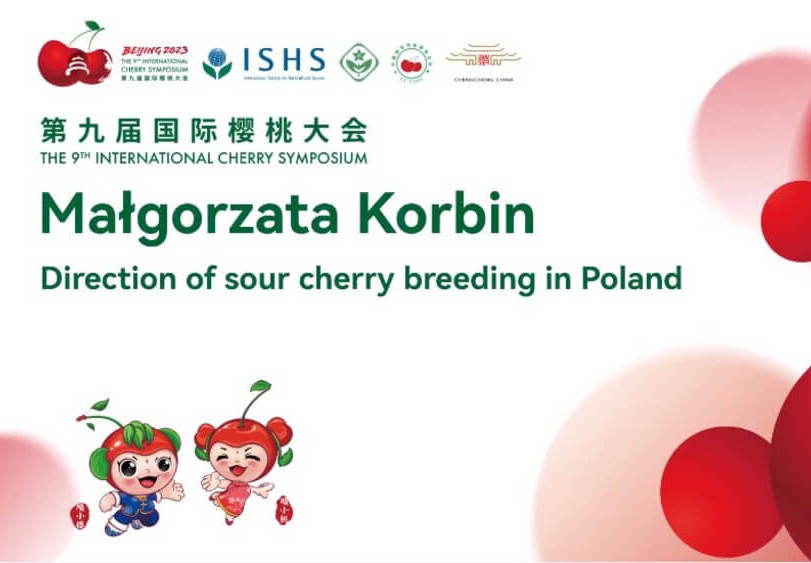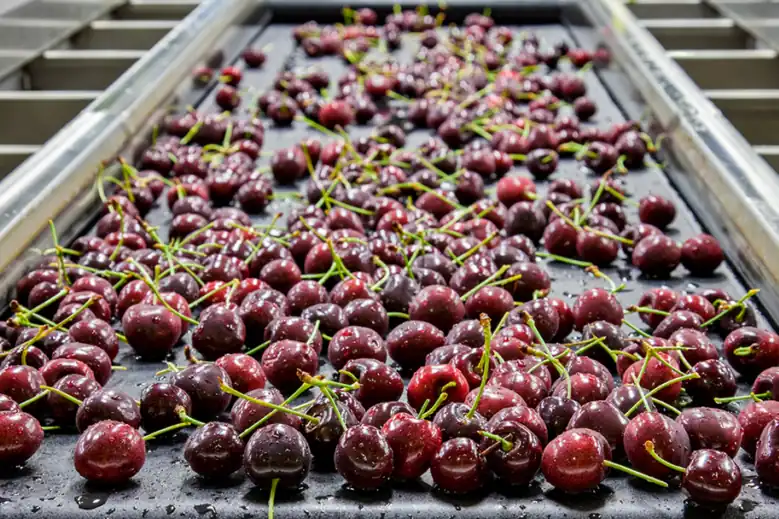Among various industry operators, there is much discussion about the importance of arriving at the destination with fresh, high-quality fruit to secure the best sales prices and, consequently, the highest returns for producers, thereby achieving high business profitability.
Focusing on cherries, whose main destination market is China, it is essential to understand and analyze the key demands of its consumers in terms of quality, which typically include firmness, flavor, color, and size.
Given its direct influence on other indices such as flavor and firmness, this time we will analyze color, from the perspective of homogenization in the final product, the high percentage of light-colored fruit, and the high percentage of dark-colored fruit. To standardize colors, in Chile, we have worked with charts originating from one developed in the early 2000s by the post-harvest laboratory at the Catholic University.
In this chart, colors are classified into five levels, where colors 4 and 5 (dark mahogany and black) represent advanced stages of ripening, and the storability of the fruit is limited for periods longer than 30 days.
For this reason, for most varieties intended for sea shipments, the recommendation is to harvest them between colors 3 and 3.5 (mahogany red and mahogany); the only exception is the Kordia variety, for which the dark mahogany color (4) has not presented post-harvest problems for the fruit.
Homogenization in the final product
In the destination fruit market, upon opening the containers, our receivers/wholesalers conduct a thorough inspection of the fruit, establishing the purchase price based, among other attributes, on the uniformity of color within the sales unit, which is the box, whether it is 2.5 or 5 kilograms.
This uniformity must also be accompanied by a match between the actual color of the fruit and the color reported on the label of each box, as well as on the pallet, where all boxes labeled as Light must contain uniformly light fruit (red tones), and those labeled as Dark must contain uniformly mahogany-colored fruit (image 2).
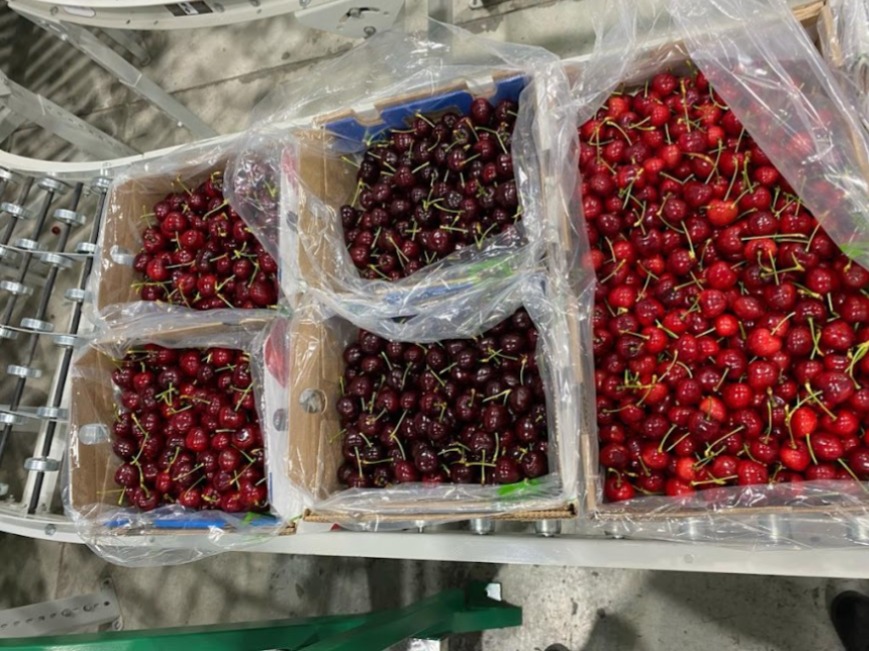 Image 2: Separation of colors in boxes.
Image 2: Separation of colors in boxes.
However, to achieve this uniformity, the fruits need to come from the orchard with a consistent color, a situation that sometimes does not occur (image 3) because there is no uniform color progression on the tree/section (photo 4), making it difficult for the producer to decide the optimal time for harvesting.
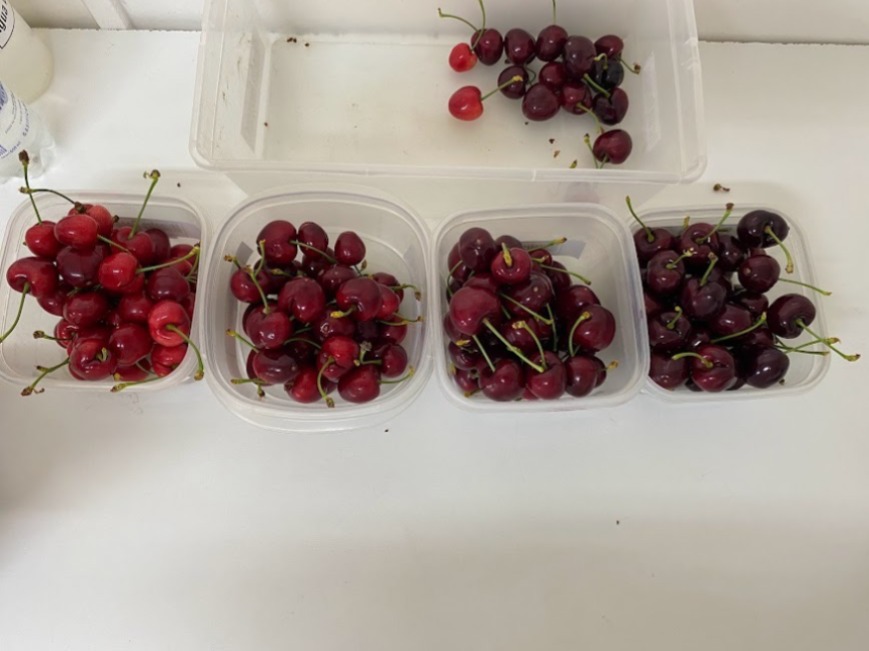 Image 3: Color heterogeneity at harvest.
Image 3: Color heterogeneity at harvest.
This makes it difficult for the producer to decide when to harvest, trying to avoid entering with a high percentage of light red fruit, which causes pickers to select fruit with insufficient color (image 5) or, conversely, to enter too late and harvest a high percentage of overly ripe dark mahogany and black fruit (image 6).
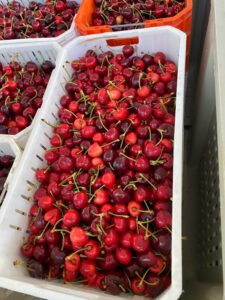 Image 5: High percentage of fruit with insufficient color.
Image 5: High percentage of fruit with insufficient color.
Faced with the range of colors received, the industry has decided to separate the dark boxes into two shades during processing to give a more uniform appearance. However, if both shades are mixed on a pallet, even the consumer will not be satisfied.
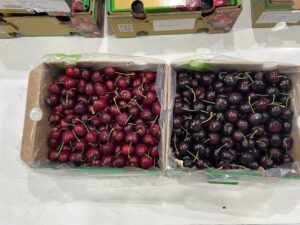 Image 6: Undesirable packaging of overly ripe and black fruit.
Image 6: Undesirable packaging of overly ripe and black fruit.
High percentage of light fruit
When deciding to start harvesting, the harvest window must be carefully evaluated to pick most of the fruit within the optimal colors for each variety. This decision involves labor availability and yield estimates per hectare.
The above analysis will avoid or minimize arriving at the harvest with a high percentage of unripe and light-colored fruit or even fruit lacking color, which would reduce export yield, affect the size curve, and most importantly, the flavor of the fruit, which may have less sugar and more acidity than optimally ripe fruit.
High percentage of dark fruit
Conversely, if planning fails or a one-pass harvest is anticipated, even with uneven color advancement, overly ripe fruit in the orchard may result, leading to several post-harvest issues, including potential firmness loss, physiological disorders such as pulp browning, reduced flavor due to lower acidity, and an increased risk of rot.
Final Comments
To maintain fruit quality conditions for post-harvest periods of 30–40 days in sea shipments and provide the colors required by consumers, fruit should be harvested as close as possible to the optimal mahogany red and mahogany colors (3–3.5).
When the climate is favorable, fruit ripening will be uniform in terms of color, but in some seasons, this becomes a challenge, leading to considerations of multiple harvest passes or choosing the starting point of the harvest to minimize a high percentage of light or, conversely, very dark fruit during packaging.
If this is not possible, it must be assumed that harvesting lighter fruit will increase the proportion of light-colored fruit at packaging; this should ensure good sugar content in the fruit. Conversely, a high percentage of dark fruit should at least have adequate firmness and must be clear that such fruit risks presenting issues at the end of the 30–40 days, potentially affecting the company’s profitability.
Source: Mundoagro
Images: Mundoagro; SL Fruit Service
Jessica Rodríguez, Francisca Barros
Agronomists, Trío Kimün Ltda
Cherry Times - All rights reserved









